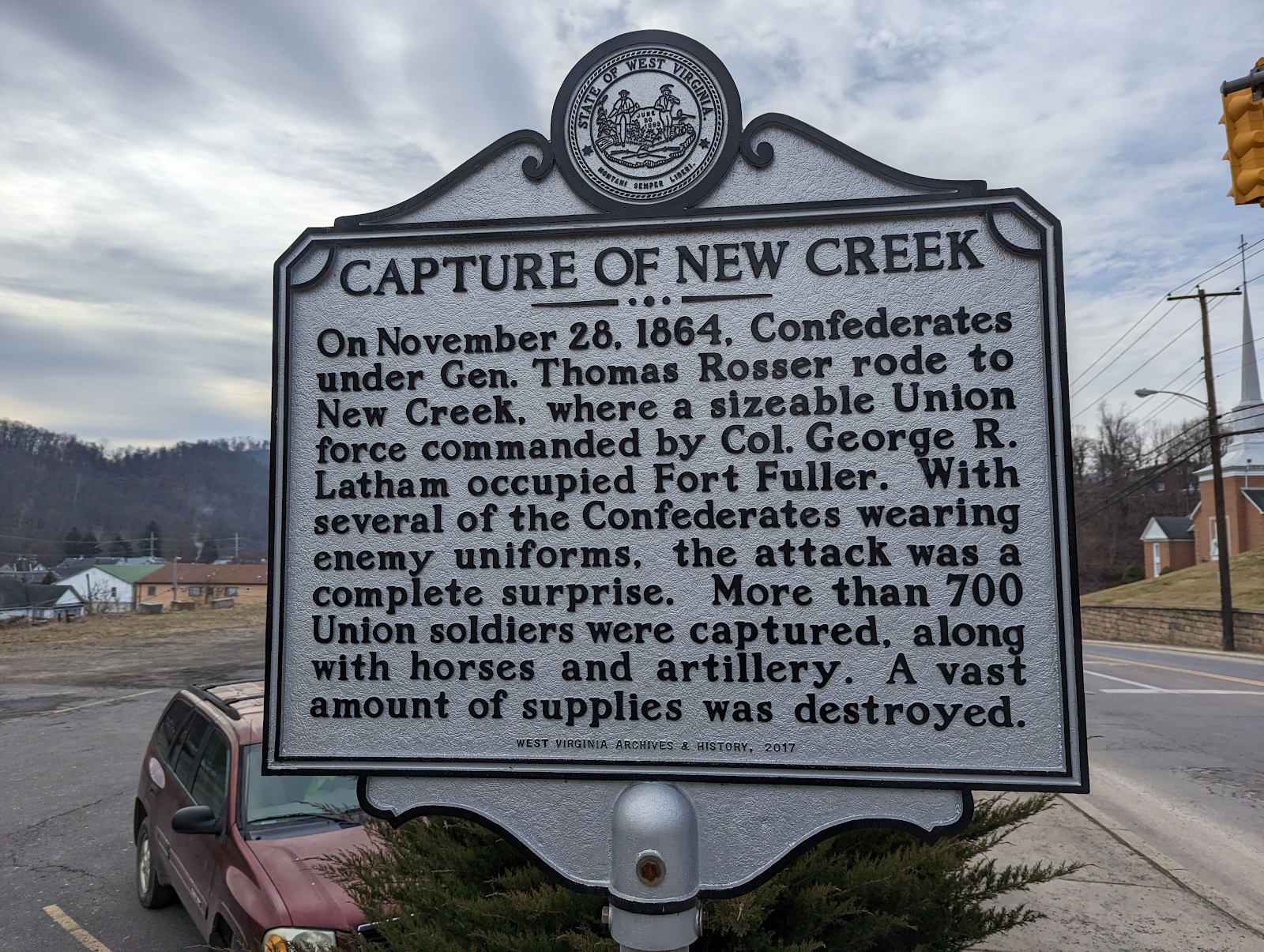April 20, 1861 - Temporary Seizing of U.S. Arsenal at Pikesville
April 20, 1861
U.S. Arsenal > later a Confederate retirement home
Pikesville, MD
 |
| "Used" during the "war between the states," eh? Go on... |
This one started out as a mystery that just got bigger. Why was there a Confederate rest home here? (still relatively unanswered) And did something else happen here? Yes...
According to unattributed information on Wikipedia,
"Confederates lived at Pikesville Arsenal during and after the American Civil War."
OK, but - during? I found no historical evidence of that but would love to.
And also, what does this mean:
"The Army left Pikesville Arsenal in 1879. Confederate veterans lived at the former arsenal from 1888 until 1932."
It raises some questions. What wartime actions--if any--did the army engage in here? The historical marker seems to suggest the site saw action, but is pretty vague about it. And what happened to the Confederates who allegedly lived at the Arsenal during between 1865 and 1888? Did they move out and then come back?
Well, just digging a little deeper will help. When Wikipedia fails, there is always http://www.fortwiki.com/!
According to FortWiki (although again, not really attributed to anyone or anything): "During the first weeks of the U.S. Civil War the arsenal was briefly seized by local confederates known as the "Garrison Forest Rangers" until Union troops arrived to put down the seizure. At the outset of the war the commandant of the arsenal, Colonel Benjamin Huger, who was a South Carolina native, resigned his commission on 22 Apr 1861 and joined the Confederates."
That does explain a lot! The same website goes on to explain that when the arsenal got turned over to the state in 1880 they used it as a home for needy Confederate veterans. Why, though? Why Confederates and why here? Huger's doing?
"By the 1930s the number of veterans was significantly reduced and the home and the property became a general purpose facility utilized by a number of groups. The buildings were later renovated by the state and are currently in use by the State Police"
 |
| Still used by MD State Police |
 |
| Part of an extended campus of buildings |
 |
| I always wondered why there was a New Orleans style mansion in the middle of the Jewish section of Baltimore - and now I know. (A little too-nice for those retired traitors if you ask me.) |
Some Maryland state documentation confirms the story about the Garrison Forrest Rangers taking the fort. These guys, who claimed to be the first white men in the Greenspring Valley, go back to the 17the century and despite their politics are clearly deserving of their own spin-off series. The documentation confirms that the Arsenal was "taken back by Federal troops for the duration of the war. The Arsenal was occupied by regiments from Wisconsin, Indiana, Philadelphia, and Maryland, and was used to draft soldiers for the Federal cause."
It's weird that I couldn't find a source that tells when the Garrison Forrest Rangers attacked the U.S. Arsenal in Pikesville.....so I kept looking....and found it. It was the day after the Baltimore riot! Here:
"The afternoon papers of the 19th spread all over the State during the next day, and the State rose. Early on the morning of the 20th the city council appropriated $500,000 for the defense of the city, to be used at the discretion of the mayor. The banks furnished the money in two hours. Capt. Wilson Carey Nicholas, with the Garrison Forest Rangers—afterward Company G., First Maryland regiment, seized the United States arsenal at Pikesville, where there was a deposit of antiquated arms and a considerable supply of gunpowder. All the city companies of militia were under arms in their armories. Col. Benjamin Huger, of South Carolina, who had been in command at Pikesville for some years, but who had just resigned from the army of the United States, was made colonel of the Fifty-third regiment, Maryland militia, composed of the Independent Grays and the six companies of the Maryland Guard. The command was admirably instructed, drilled and officered, and a majority of its officers and men afterward served in the army of the Confederate States."
Fascinating! Just a slight contradiction from the previous source, which suggested he resigned on April 22nd. Thank you: Brig.-Gen. Bradley T. Johnson, Confederate Military History, a library of Confederate States Military History: Volume 2.1, Maryland Clement Anselm Evans, Ed., which I found via Tufts.
Sources:
http://www.fortwiki.com/Pikesville_Arsenal
https://en.wikipedia.org/wiki/Pikesville_Arsenal
https://www.perseus.tufts.edu/hopper/text?doc=Perseus:text:2001.05.0240:chapter=2
https://www.hmdb.org/m.asp?m=2322





Comments
Post a Comment